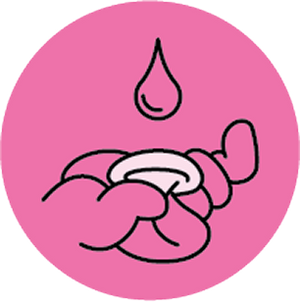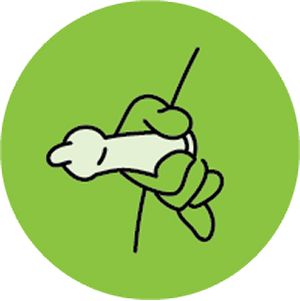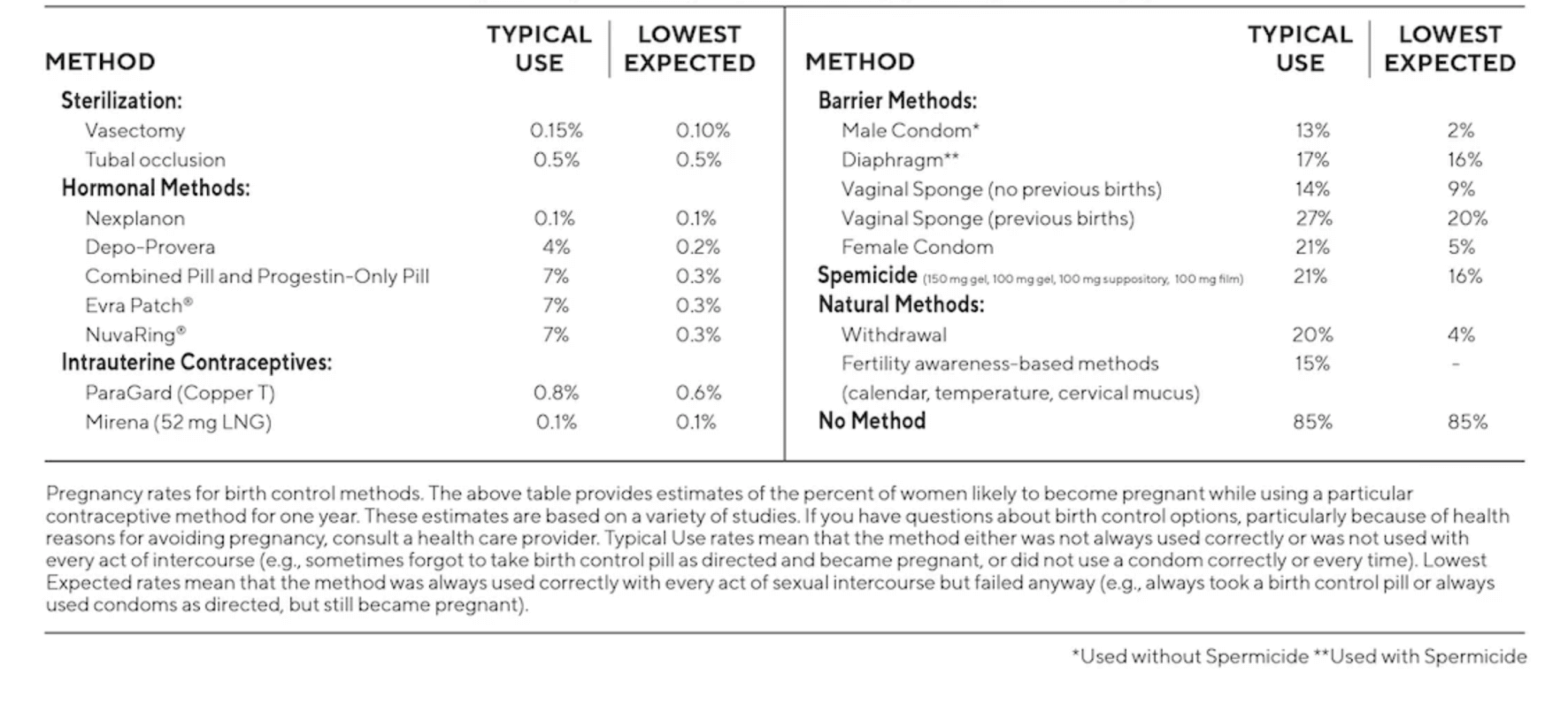1. Handle With Care
Tear open the package carefully. Do not use fingernails, teeth, or anything that can damage the condom. Use a new condom for every new act of intercourse. Never reuse condoms: re-use of condoms can result in condom breakage, risk of pregnancy and STIs.










